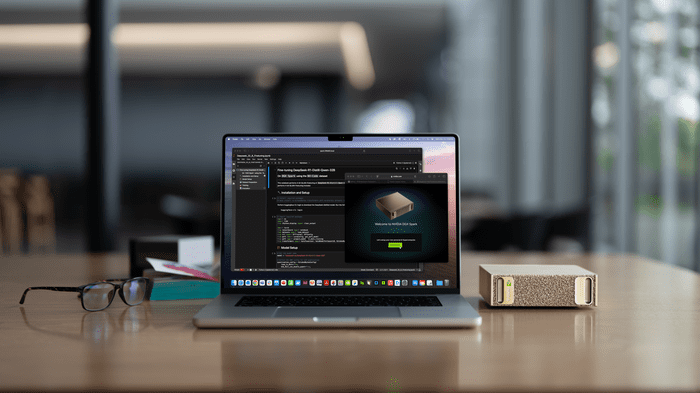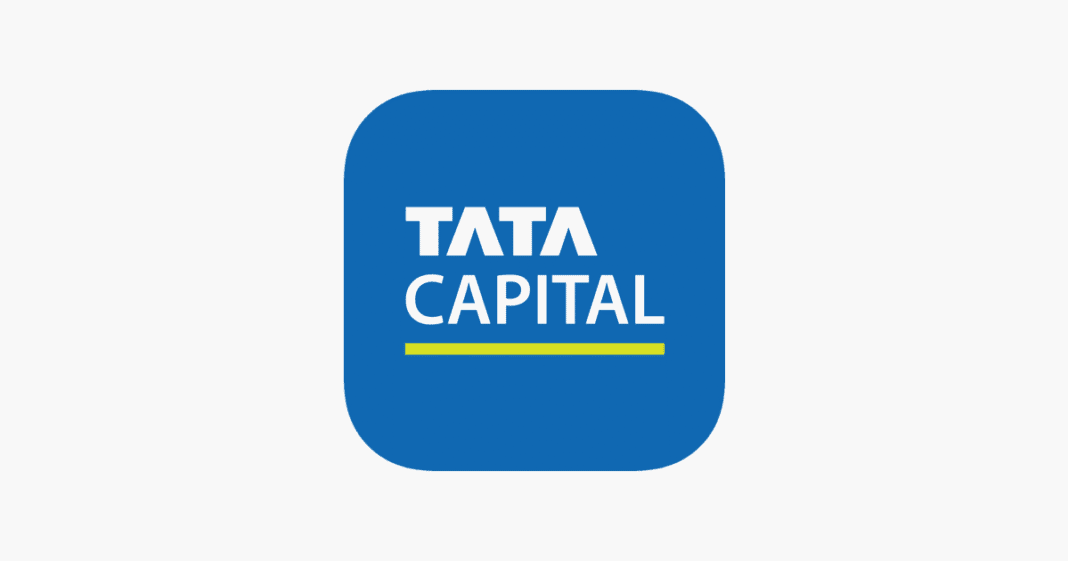NVIDIA has officially launched the DGX Spark, which the company calls the world’s smallest AI supercomputer — a machine designed to let AI developers, researchers, students, and small labs access powerful AI computing without needing a full data-center setup.
Announced first at GTC 2025, DGX Spark is part of NVIDIA’s “personal AI computer” class, alongside its bigger sibling, the DGX Station.
Key Features of DGX Spark
Here are the standout specs and capabilities of DGX Spark:
| Feature | Details |
|---|---|
| Superchip | Powered by the NVIDIA GB10 Grace Blackwell Superchip, combining CPU + GPU architecture with high GPU-capability and newer Tensor cores. |
| Compute Performance | Up to 1 petaflop of AI compute. Ideal for inference on large AI models (up to ~200 billion parameters) and fine-tuning models up to ~70 billion parameters locally. |
| Unified Memory | 128 GB unified CPU-GPU memory, allowing better data handling between CPU and GPU without bottleneck. |
| Storage Options | Up to 4 TB NVMe SSD storage. |
| Form Factor & Size | Compact desktop form-factor; small enough for a desk or small office. |
| Networking / Interconnect | Uses NVIDIA ConnectX-7 for high throughput networking and NVLink-C2C interconnect for better coherence and bandwidth between CPU/GPU. |
What It Means & Use Cases
- Local AI model training and inference: With specs like these, users can fine-tune or run large language models locally without needing always-on cloud resources. This can reduce costs, latency, and dependency. NVIDIA Newsroom
- Accessibility: Makes serious AI compute more accessible to educators, students, startups, and individuals who may have been priced out of large clusters or data center racks.
- Edge or lab deployment: Because it’s compact, it could be used in labs, robotics, edge applications, or smaller workspaces.
- Bridging desktop and cloud: NVIDIA intends this product to work in tandem with its cloud and data center offerings. Users can prototype locally and then scale or deploy in the cloud if needed.
Launch Details & Availability
- Ship date / preorder: NVIDIA has begun shipping DGX Spark to developers globally.
- Channels: The product is available from NVIDIA’s own store and through OEM partners like Acer, ASUS, Dell, GIGABYTE, HP, Lenovo, MSI.
- Pricing: Approximately US$ 3,999. Earlier preorder expectations were lower (~US$ 3,000), but the final price reflects full specs and offerings.
Challenges & Considerations
While DGX Spark is highly capable, some potential limitations include:
- Memory bandwidth: Unified memory is a big plus, but for very large models or high batch sizes the bandwidth might become a bottleneck.
- Cooling, power, and noise: Packing such performance in a small form factor often demands careful thermal design. Real-world usage may expose limits. (No explicit data yet, but generally true for compact high-performance machines.)
- Cost vs cloud: Though buying locally gives control and avoids recurring cloud costs, upfront cost is significant. For some use cases, cloud or shared cluster resources may still be more economical.
- Model limits: While support for large models is great, some of the largest, state-of-the-art AI models may still require more RAM / GPU clusters. DGX Spark is pushing the envelope but won’t replace all server or data center scale workloads.
Why This Launch Matters
- Democratization of AI compute: This is part of a trend where powerful AI capability is moving from large centralized servers to individual labs, small companies, or even personal desktop/workstation level.
- Acceleration in innovation: Being able to prototype and iterate faster (locally) tends to speed up R&D in AI, robotics, vision, LLMs, etc.
- Competitive pressure: Other hardware makers will need to respond with similar compact, high-power devices. This could accelerate new desktop supercomputers or AI-optimized workstations.
- Enabling new applications: More creative AI deployment in places with limited or expensive cloud connectivity, or privacy-sensitive deployments where data can’t be sent to remote servers.
Summary
NVIDIA’s DGX Spark redefines what it means to “own” an AI supercomputer—it’s the world’s smallest supercomputer by NVIDIA’s positioning, combining petaflop‐scale compute, unified memory, and powerful networking in a desktop form. For AI developers, researchers, and students, this is a major step toward making high-end AI workflows more accessible and flexible.



